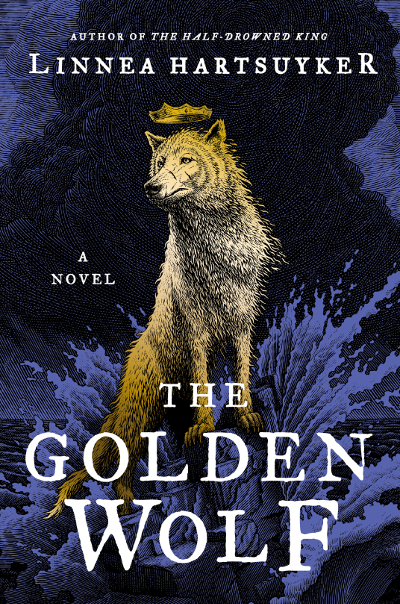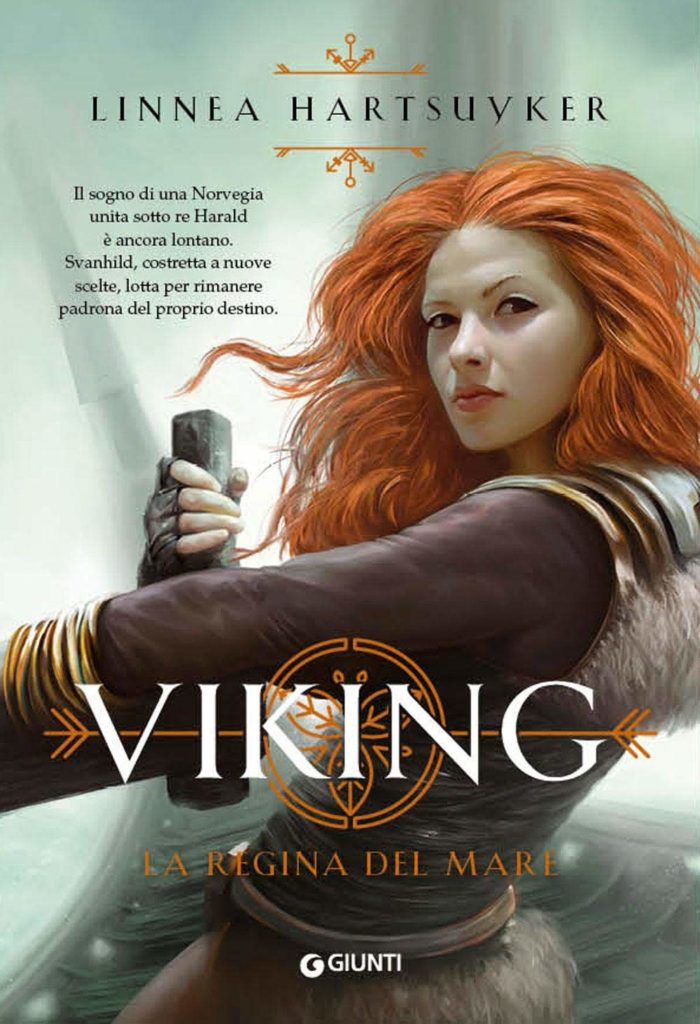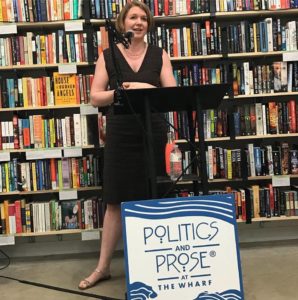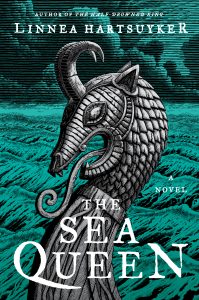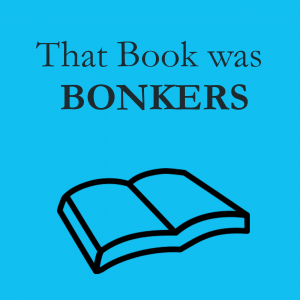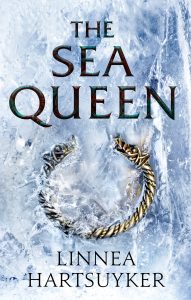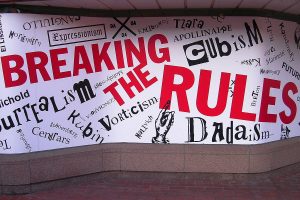 Back when I was soliciting ideas for blog posts, Bill Morrissey asked me about how to get young people to read. I don’t have kids, so take all this with a grain of salt, but like many of you, I was a kid once, and I haven’t entirely forgotten what it was like.
Back when I was soliciting ideas for blog posts, Bill Morrissey asked me about how to get young people to read. I don’t have kids, so take all this with a grain of salt, but like many of you, I was a kid once, and I haven’t entirely forgotten what it was like.
I was a late reader. Some of my fellow students showed up to kindergarten already able to read, but I did not. And when I was seven I went through a pretty severe rebellion where I refused to do my homework. I showed up, not having it done, and cried when it became evident to the whole class that I had not done it, but I hadn’t, and the next day the whole thing repeated itself.
My 2nd grade class was full of kids reading at a 3rd or 4th grade level, and I was not, so my teacher put me in a group with the fast six-year-olds, until I caught up. I’m not sure why reading was a struggle for me. My parents read to me a lot. My house was filled with books. I loved stories. I was very verbal from a young age. It probably was some sort of rebellion, a way to assert myself. I’m not sure what changed except maybe me being allowed to progress at my own speed, and by the time I was eight years old, I was reading everything in sight. By the time I was eleven, I was reading adult books (SOME OF WHICH I SHOULDN’T HAVE, MOM). Now I average reading about 80 books a year.
I’m actually not sure young people, by which I mean people under 18, aren’t reading. They’re reading texts and blog posts and tweets and fan-fiction, and definitely books and comics as well. If my generation was known for talking on the phone for hours, this generation is known for being on their smart-phones, and a lot of what they’re doing is reading.
However, I think we’re talking about reading full-length books, and particularly fiction books. Why do we want young people to read fiction? Though it’s important to learn to be a careful reader and a clear writer in this era of written communications, fiction teaches us more than that: it teaches us to see things from others’ perspectives, to value metaphor and symbolism, to look for themes, to analyze characters and meaning, and hopefully understand others and ourselves better.
So how should we get young people to read books? A better question might be to ask how we get young people to engage with narrative—and to remember that they already are, only that narrative might be on social media instead of in fiction.
(I taught a session of a high school creative writing class last year, and the teacher told me that it was amazing how many students had trouble telling stories that weren’t 99% autobiographical. I wonder if that is a consequence of this social media age where people are constantly creating their own public narrative. I’ve always found my own life to be pretty dull and would rather make up stories about people who are far more interesting than me.)
A good start to encourage any kind of new behavior is to meet someone where they are. I suspect a reason why many people end up hating literature after high school is that they are reading books that are too challenging for them, and even if not, their enjoyment of it may be crushed by having to prepare it for a test, rather than explore it. A way to meet young readers where they are is to find out what they are already reading and suggest similar things. The explosion of YA literature in the last fifteen years has made it easy to find books that young people can relate to in any genre.
And there’s nothing wrong with comic books or manga. It’s still reading, and there’s still a narrative to engage with. There is romance, and pulpy sci fi, and super heroes in the world of comic books, and among all of those, transcendent literature. There is also nothing wrong with fan-fiction. In fact, reading and writing fan-fiction can be one of the deepest ways to engage with a text. No one thinks more deeply about Harry Potter than the people writing novel-length fan-fiction for the pure joy of it.
It’s probably not a bad idea to limit screen time, TV, iPads, and smart-phones. I suspect one of the reasons I was such a big reader from age eight on is that we didn’t have a TV when I was growing up and my parents both worked more than full time. I spent a lot of time on my own, entertaining myself. I often had to wait for a long time for my parents to get off work and pick me up, and I always had a book with me.
And my parents reading to me and being big readers themselves helped. As did the transgressive elements of the things I read as a pre-teen and beyond. There are worse places to discover sex than in the pages of The Valley of Horses by Jean M. Auel.
Not every young person is going to want to read, and they are also going to find ways to read and tell stories that are different than anything we could have imagined. But we can put the media and tools in their hands to get them started on their reading path.
